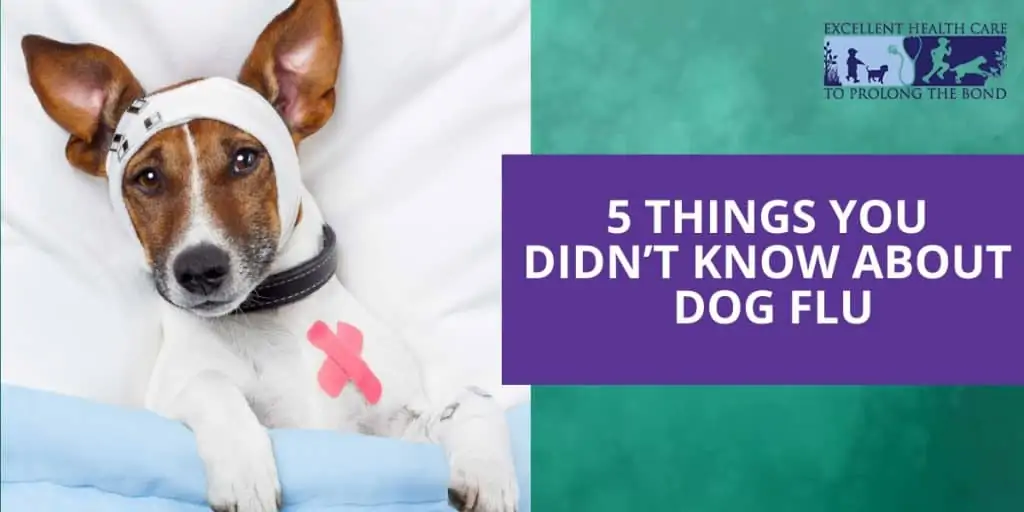
Watching your dog struggling due to a health concern like canine influenza can be heartbreaking. As a dog parent, it is important for you to understand the symptoms, the care and treatment options related to canine influenza.
This post features some important aspects related to canine influenza that you as a dog owner should know.
What is canine influenza?
Canine influenza aka dog flu is a respiratory disease in dogs. The condition is triggered by a virus called Type A influenza virus (canine influenza virus). Canine influenza viruses are characterized into two:
- H3N8 virus: till date has not spread to humans
- H3N2 virus: seasonal influenza virus that spreads in people
Death rate
The fatality rate due to dog flu has been at the lower side i.e below 10%. The recovery period for most dogs is two to three weeks. However, the infection can lead to critical health concerns like pneumonia, which in turn if not attended to quickly can prove to be deadly.
Vaccination
There are different types of canine influenza vaccinations. The vaccinations are available to treat infections via both the virus strains i.e. H3N8 and H3N2.
These vaccinations are often considered as lifestyle vaccines meaning they can be administered with respect to your dog’s risk of exposure.
It is recommended to consult with your veterinarian prior to considering vaccinating your dog for canine influenza.
Treatments
The treatment of dog flu varies with respect to the severity of the disease. Dog flu if left untreated can quickly lead to secondary bacterial infection, which in turn can trigger health concerns like pneumonia, dehydration and or medical conditions.
The secondary bacterial infections are often treated with antibiotics whereas concerns like fever, pain, and swelling are usually treated via nonsteroidal anti-inflammatory.
Signs of canine influenza
Some of the symptoms of canine influenza can be too common with respect to other normal medical issues in dogs. Watch out for the following symptoms to confirm that your dog has been infected by the canine influenza virus.
- Runny nose
- Cough
- Fever
- Lethargy
- Appetite loss
- Ocular discharge
It is not necessary that your dog exhibits all these symptoms, he might only show one or two or sometimes none. This is why we recommend taking your dog for a veterinary checkup at least once every two months.
On the flip side, if you observe any of these symptoms, foresee the possibility of secondary bacterial infection and consider taking your dog to a veterinarian as soon as possible.
How does dog flu spread?
All dogs are vulnerable to canine influenza. However, dogs that are housed in kennels or shelters are more vulnerable to canine influenza. Dog flu is largely spread through the respiratory droplets produced due to sneezing or coughing.
Canine influenza in dogs can be a big concern, especially when considering the possibility of a secondary bacterial infection. Always be extra careful when taking your dog to a dog park and choosing a pet boarding or kennel within your locality. Take your dog for regular checkups and spent some time with him daily to have a better understanding of his health.
